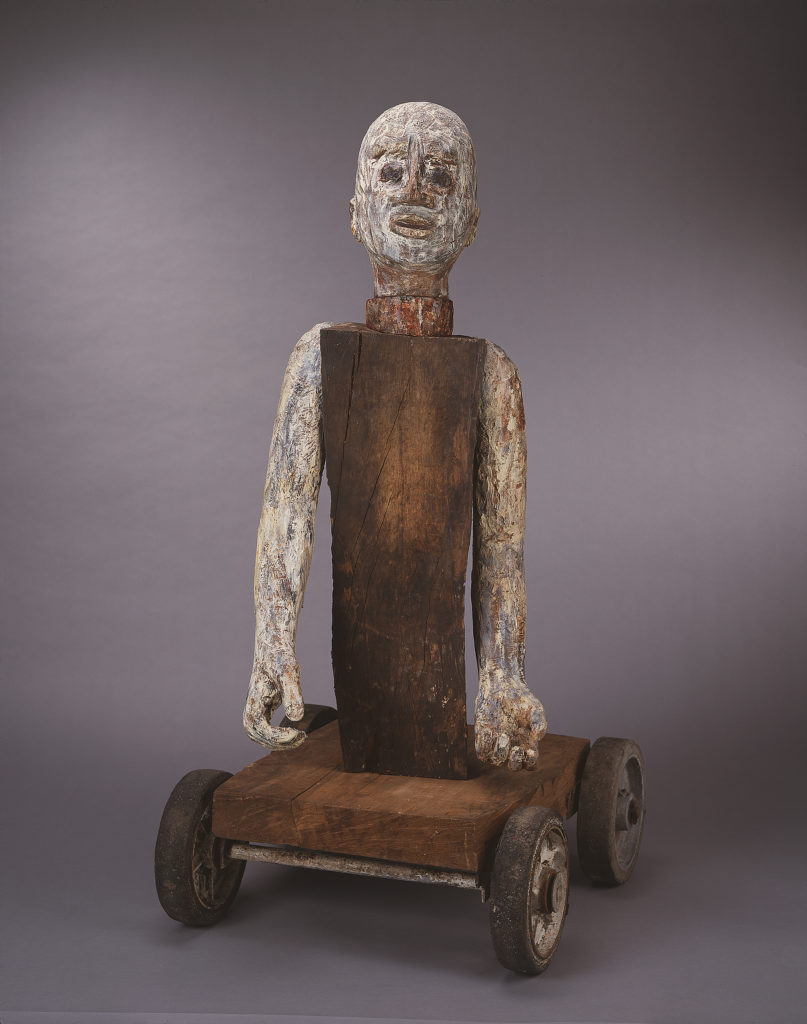
Reviews of the Work
The totemic uprightness of Carol Setterlund’s primordial figures, along with their emphatic, massive heads—-much more massive, developed, than their slender, sometimes token bodies—-has been much noted, but what strikes me about the heads is their wide open eyes, staring into space, as though seeing it for the first time. It is the dawn of consciousness that is being depicted, [CONTINUE READING] ~ Donald Kuspit, Professor of Art History and Philosophy
The ancient academic school of formalism dictates that a work of art should stand apart from the artist. Biographical concerns, personal habits, and documented quirks should remain resolutely banished from the mind while in the presence of the artist’s work. That’s all very well and good for the high, sere aerie of academia, but when viewing the heavy-headed beachwood sculptures of Cloverdale artist Carol Setterlund, formalist strictures give way to [CONTINUE READING] ~ Gretchen Giles,The Bohemian
The Residents of grief—denial, anger, bargaining with God, depressions and acceptance—proceed, following calamitous events, with destined yet chaotic intentions. Any one can occupy the psyche for quick moment or forever. Not uncommonly, two or there can present themselves at once. There is a significant loss in Carol Setterlund’s not-too-long-ago, and she and grief still wrestle. But it is, perhaps, an almost-done contesting—past bargaining to bewildered questioning, past depression to sad resignation, soon to occupy the [CONTINUE READING] ~ Sandy Thompson, ArtWeek
While Setterlund’s early work was drawn from nature and was reminiscent of the works of English sculptor Barbara Hepworth, since the late 1980s she has focused on the human figure as an existential emblem of pain and survival. Her rough surfaces speak of emotional wear and tear, yet the figures hold [CONTINUE READING] ~ Victoria Dalkey, Sacramento Bee